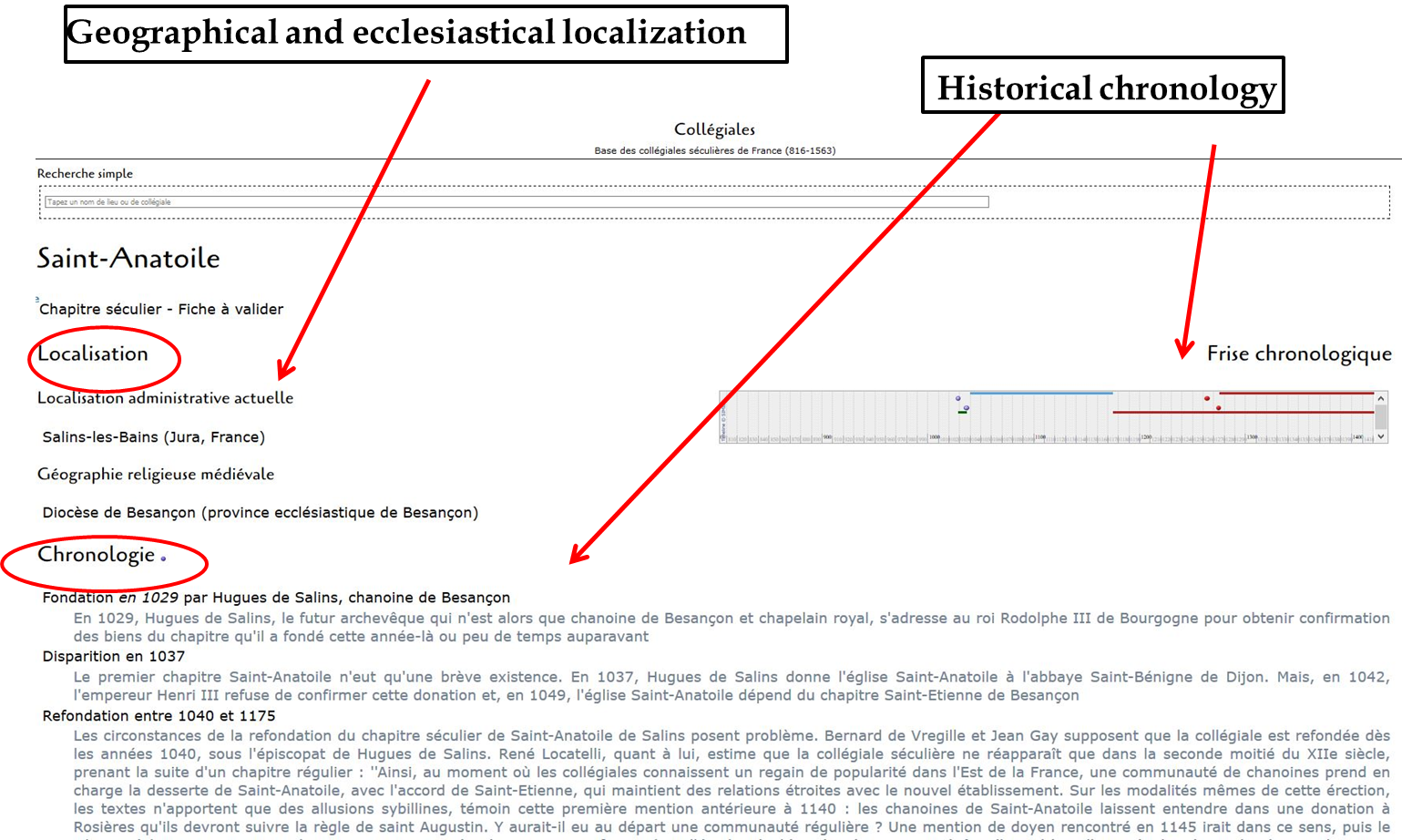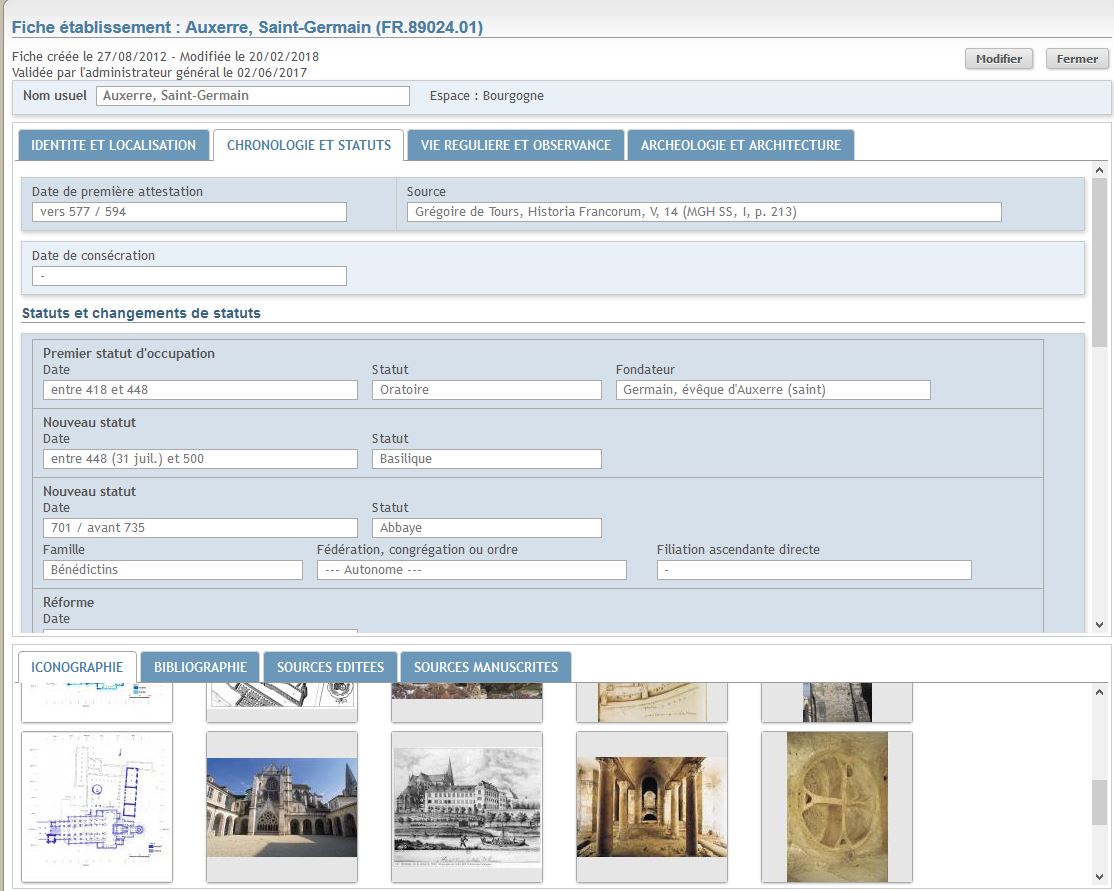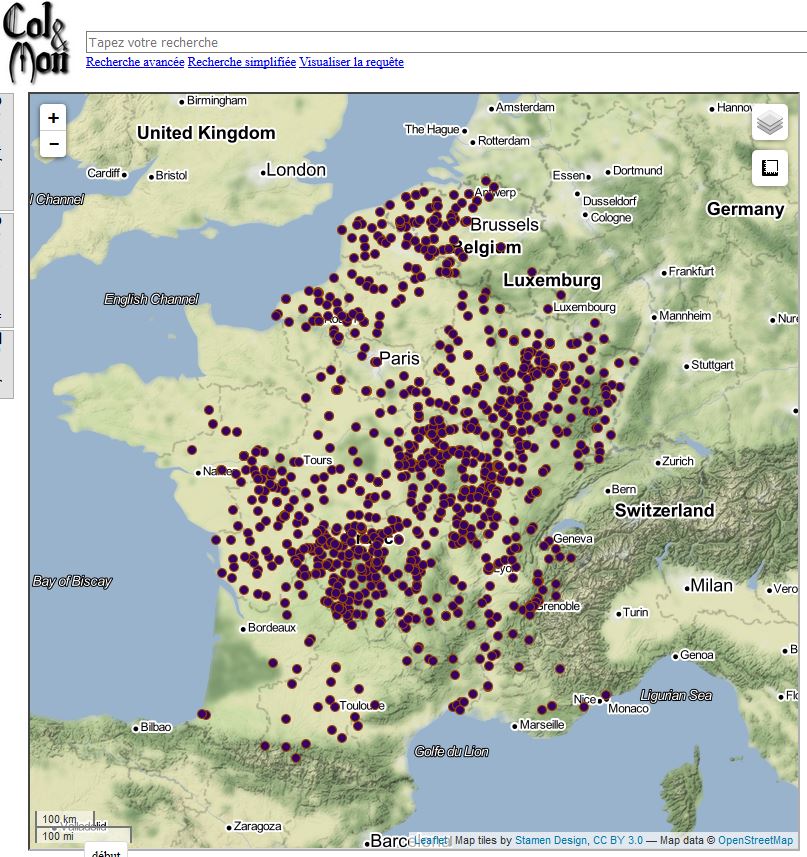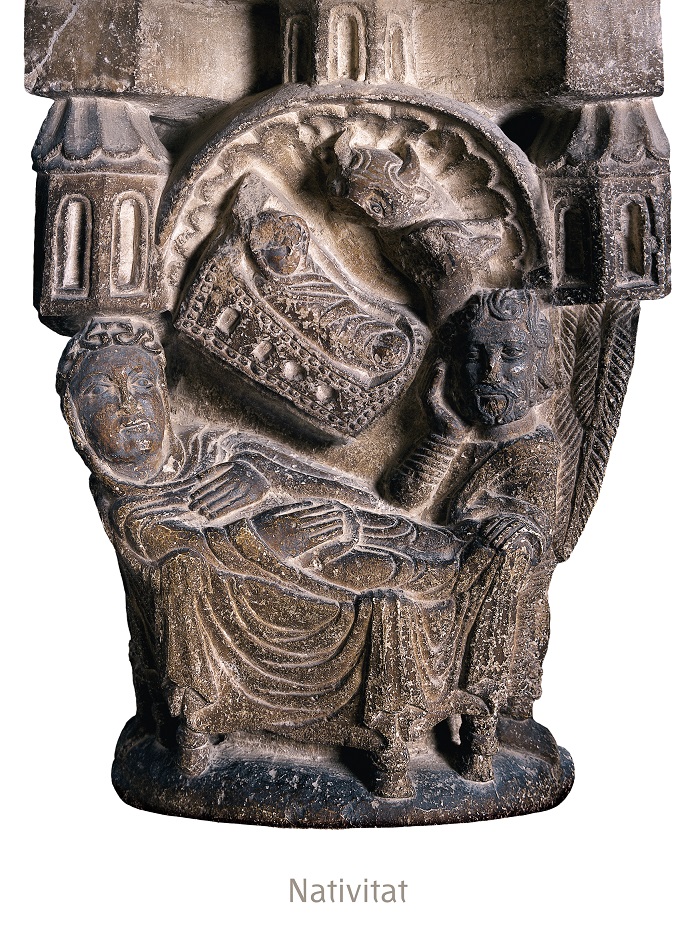On uncertain trails, opening new paths. A farewell reflection. An invitation to the future.
- Details
- Published: Tuesday, 02 April 2019 12:43
- Written by Blanca Garí and Núria Jornet
Years have gone by since this journey began, and they have passed all too quickly. Those of you who have followed us through our blog or the Spiritual Landscapes website may have noticed. Time has indeed passed quickly or at least, it has felt that way. The first post on this blog was published almost three years ago, just a few months after the kick-off. Since then, the Spiritual Landscapes team has had three years to face the important challenges we set for ourselves at the beginning; three years to successfully complete the work and obtain the results we wanted to achieve. Time has fallen short and these three years have undoubtedly been too few. And yet, today, looking back, we see that we have come a long way, we have made a long pilgrimage along winding paths, full of enthusiasm and discoveries, but also full of doubts and uncertainties. We see that, step by step, we have travelled a great distance from the starting point to the place where we are today. Ahead of us there are now vast avenues to be explored, but these paths are much clearer and safer than they use to be. And this is so because Spiritual Landscapes has made us grow up. In what sense? What have we done? What have we learned?
In the first post of this blog we defined Spiritual Landscapes. A Spatial Approach to the Transformations of Medieval Female Religiosity in the Iberian Peninsular Kingdoms in the Middle Ages (12th-16th centuries) as a heir to the Claustra project that, while delving into the forms of reception, transformation, and development of female spirituality within the different contexts of the Iberian Peninsula and its historical areas of influence, also sought to explore the possibilities of a holistic analysis of landscape and of approaching the religious phenomenon in medieval Europe from different spatial perspectives. We also stated that Spiritual Landscapes aimed to tackle the subject from a new methodological framework. We wanted to take our project down the then unfamiliar paths of the Digital Humanities, in terms of both research approaches and scientific return and interaction with society. Therefore, as we explored the undoubtedly vast potential of digital projects, we prioritized from the very beginning the visibility of our work on the website. We have developed it as a platform understood, on the one hand, as a great doorway to the world and, on the other, as an instrument to channel and strengthen the research carried out by each of the team members. From the outset, the Spiritual Landscapes website has been accessible to the international scientific community and the general public as a ‘work in progress’, including contents and data resulting from our research and showing the paths we were taking. At the same time, Spiritual Landscapes has always aspired to become an open space for educational exchange, public engagement, the return of results, dissemination, and knowledge transfer.
As we planned from the beginning, Spiritual Landscapes is organized around four main Research Lines and two Exchange Areas. Research lines encompass four different ways of approaching and developing landscape analysis models which, at four different levels, highlight the historical topography of the territory (Research Line 1), the topography of each nunnery (Research Line 2), the analysis of their interior spaces (Research Line 3), and the study of spiritual networks (Research Line 4). Within the framework of the four research lines we have developed, with greater or lesser difficulty, and with as many doubts as successes, several online pilot studies directly related to the scientific production of the overall project. Once again we invite you to have a look at them.
These pilot studies show the work carried out so far and, at the same time, open new questions and put forward new potential avenues for further research. These projects are connected with our academic and scientific activities beyond the website itself, and their results can also be seen in the project’s Scientific Production tab. Today we know what digital pilot studies can offer much better and, moreover, we have learned how to establish a fruitful dialogue between these and the team's general research fields.
While these Research Lines are a sort of backbone of the project that channels and provides feedback on our research, no less important has been the development of digital areas of exchange with society that appear in two of the website tabs, 'Experiences' and 'Spaces'. On the one hand, under ‘Experiences’ we have included the interactions aimed at involving university students in educational aspects of the project (such as, for example, the creation of a Virtual Exhibition on "Devotional Practices and Spaces of Spirituality"), at fostering the massive and free participation of a wider audience in open courses related to the project (such as the MOOC implemented in the Coursera platform under the title: A voice of their Own. Women's Spirituality in the Middle Ages), and finally, at exchanging experiences with projects and audiences that are completely different from our usual target audience (such as participating in the Grand Tour organized by Nau Côclea Contemporary Creation Centre).
On the other hand, under the ‘Spaces’ tab, we have created information and debate forums aimed at establishing optimal interaction with the public through Social Media and at engaging their participation at different levels and in different activities. The main tools for this have been the Blog itself —open to the participation of authors involved in other projects and from different cultural institutions, as well as individual authors who have presented their research— and our Twitter, Facebook, and Instagram accounts. These instruments have also played a role in all our scientific research tasks and training activities: Conferences and Symposia, international doctoral seminars held in Barcelona, Aix en Provence, and Naples, workshops, and courses, among others. They have been our most effective means for disseminating Spiritual Landscapes across national and international networks and of channelling what we have learnt elsewhere into the aims of Spiritual Landscapes.
Today marks the end of a chapter. The Spiritual Landscapes website will remain open in the future and will be accessible, but we will no longer add new content. Years have passed and here we are. We knew from the beginning that we wanted to achieve important goals. By making our wishes come true, we have grown up with Spiritual Landscapes. We now know we can do what we only thought we could do three years ago and, more importantly, we have learned that we know how to do it.
Therefore, although Spiritual Landscapes is coming to an end, we encourage you to join us on our journey into the future, towards new projects and new horizons. Stay tuned, we'll keep you posted.
Blanca Garí and Núria Jornet
Translated by Delfi I. Nieto-Isabel





